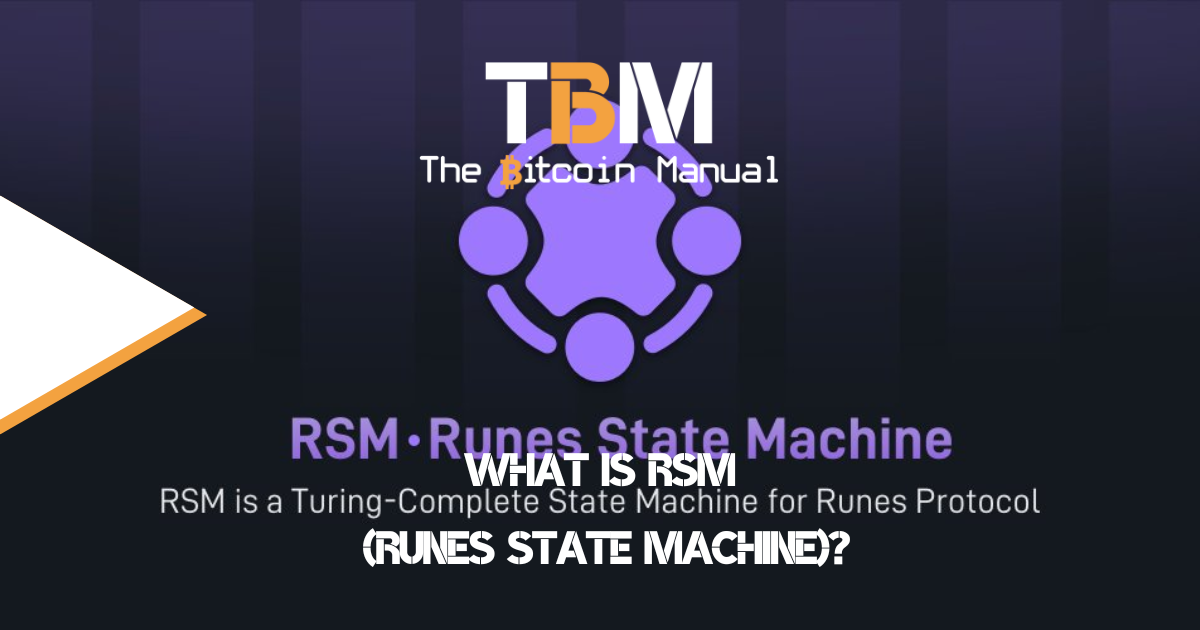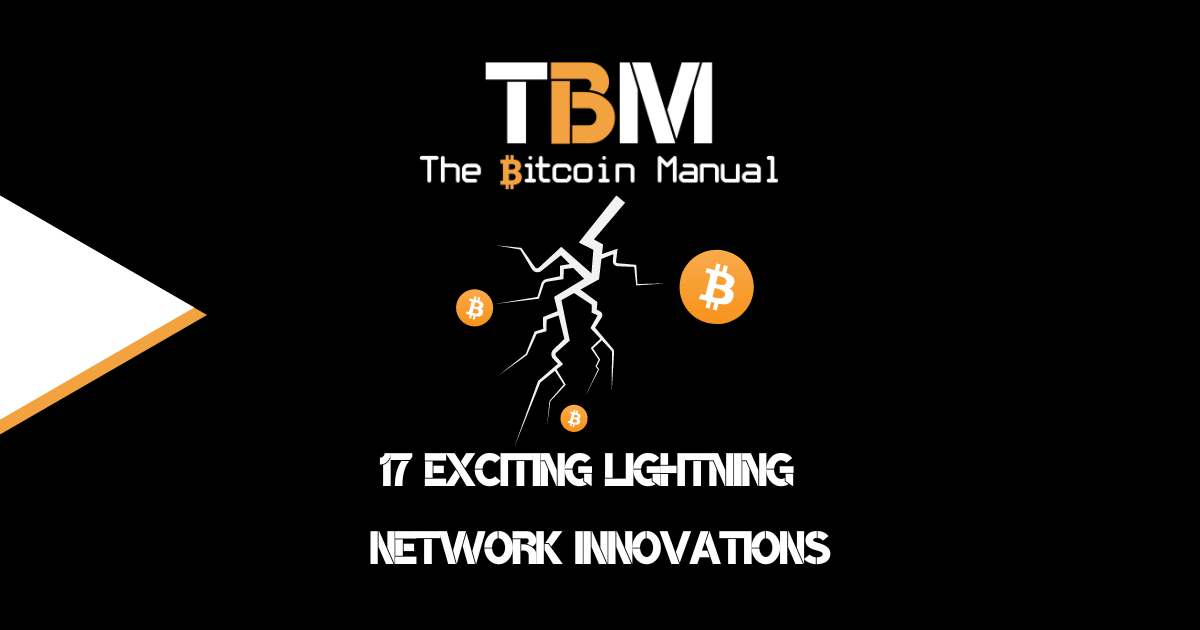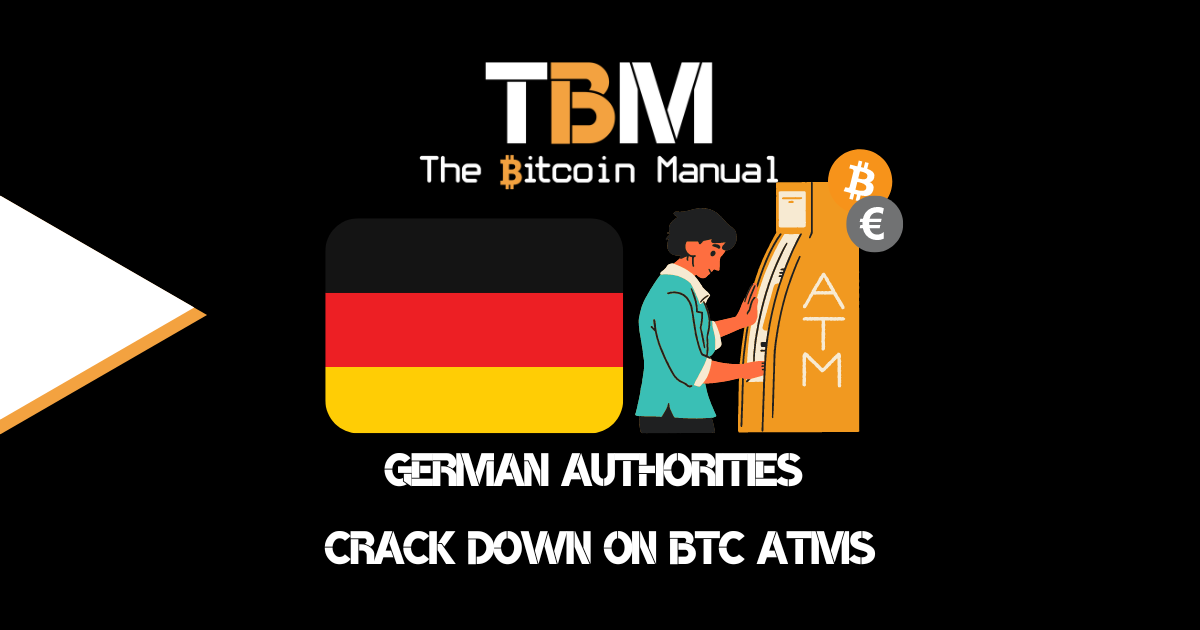Since the Ordinals protocol debuted, the last two years of Bitcoin have been marked by increased spam and scams on the chain. Initially created as an easier way to inscribe data on-chain and tie it to a serial number, thus creating an NFT-like experience on Bitcoin, developers eventually used Ordinals to create token issuance meta protocols like BRC-20 and their various iterations.
BRC-20 tokens kicked off a major meme coin bonanza on Bitcoin, clogging up the mempool and driving up fees as degens tried to claim their fair mint allocation and flip it for a profit. The result of this craze and BRC-20’s account-based model left the chain with dead data and a bloated UTXO set.
The market for Ordinals wanted meme coins with less of a burden on the blockchain, which was one of the motivations behind Ordinals creator Casey Rodamor’s release of the Runes protocol. A separate protocol that also uses a UTXO model to store and transfer coins between participants.
Finally, the degens and meme coin connoisseur can mint and gamble to their heart’s content, and Runes kicked off with a bang on the halving block, but following the initial hype, the use of Runes has died down over the last few months.
Memescoins work off the back of a frenzy, and when the overall market trades sideways, it’s tough to drum up interest in the hottest ponzi of the week. Instead of packing it in and admitting defeat, a particular cohort of the market wants to fall back on the utility meme.
Despite Casey openly stating that Runes do nothing, they are just meme coins, they will never be anything more, and his willingness to improve the protocol has waned faster than the TMINR and Hawk Tauh meme, a few stubborn buggers feel they can still stir up some new exit liquidity.
Runes Goldberg Machine
The ability to run a virtual machine to execute smart contracts was a crucial component of Ethereum and its various copycat chains. These blockchains act as a Turing-complete state machine, and the code they can execute helps foster token creation, token trading, and a host of ponzi economics that we loosely group together as “DEFI.”
The Runes protocol doesn’t have any of this; its only purpose is to create tokens, set the parameters of each token and allow for P2P transfer of tokens; that’s it.
It’s pretty limited in functionality, but it serves its purpose; when you’re a meme coin protocol, you don’t need the added complexity of smart contracts because your token won’t hold any value in the next year or two; who cares?
Why put in all this extra effort to code new features when the aim is to gamble on digital casino chips?
Well, someone didn’t get the memo, and now RSM, which stands for Runes State Machine, is starting to make the rounds on social media.
This RSM can theoretically compute simple functions and execute them with Runes tokens.
The RSM uses off-chain computing, but outputs must meet the consistency requirements, ensuring any indexer can compute in a completely consistent state based on the on-chain data in OP_RETURN and the computing logic of the Contract.
DeFi Opportunities:
RSM lays the groundwork for introducing decentralised finance (DeFi) applications built to use Runes tokens, such as:
- Automatic market markers
- DEX trading
- Bridging Runes to EVM chains
A Breeding Ground for Scams
Runes tokens are scams, but they are fun and simple scams—obvious scams. Everyone getting involved knows it and only wants to avoid being the last one out the door when the meme caves in—that’s it.
It attracts a particular type of user, the nihilistic degen, but when you start shilling utility, you can start to attract a wider audience of naive tech enthusiasts, and things become a little more sinister.
The allure of a novel framework attracts a slew of opportunists eager to capitalise on the hype. With the tech community often desperate for solutions to complex problems, the RSM becomes a shiny object that can easily be exploited.
The lack of rigorous standards and guidelines surrounding RSM means that anyone can slap together a half-baked implementation and present it as a breakthrough, leaving unsuspecting users vulnerable to scams and subpar solutions and selling you a coin based on this possible use case.
We saw this in the ICO of 2017, and it was repeated during the DEFI summer of 2021.
All hype and hoping to ride a wave
RSM fits perfectly into the well-known hype cycle in technology. It begins with initial excitement, quickly followed by inflated expectations. As Bitcoin starts to run up post-halving and users fall into the frenzy, they look to take more risk, and Bitcoin-adjacent products can soak up some of that speculation and liquidity.
Then, as reality sets in and users realise the limitations and complications involved, the disillusionment phase hits.
Unfortunately, by then, many developers and insiders had already sold their positions, often leading to financial losses for those who believed the sales pitch.
Where is this practical application?
One of RSM’s central claims is its purported simplicity, but how do you verify these claims? None of the Runes users will be running nodes; they won’t validate the off-chain computation; they will just trust third parties not to rule them.
Instead of providing clarity, it creates an additional layer of abstraction that often needs to be clarified. For many developers, this can result in increased errors and misinterpretations and, of course, allow for a breeding ground for malicious actors.
Despite its theoretical allure, the Runes State Machine has alarmingly few practical applications, especially considering the risks involved. Many tools and frameworks already exist on other chains.
And I would argue they have slightly better implementations. Even then, their track records speak for themselves; why would adding Runes change anything?
The insistence on using runes is just the latest gimmick.
Runes will ruin the rubes
The crypto market is a funny old game; it attracts a range of midwits who know just enough to end up harming themselves.
How would I know that? Because I was that midwit, I fell for all the marketing and ran my head into the wall numerous times before something started to click.
The concept of the Runes State Machine may sound intriguing on the surface, but it is nothing new.
It offers zero benefits to Runes.
Please stop kidding yourself; you can’t turn a meme into anything more; the sooner you accept it, the better off you’ll be.
The tech world is rife with shiny objects that promise much but deliver little, and the Runes State Machine is no exception. Let this serve as a warning: proceed cautiously when venturing into the world of state machines adorned with mystical runes.




